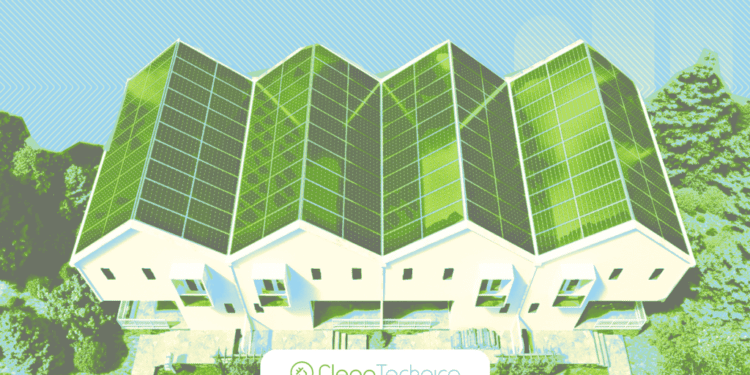The Indian government has taken a major step towards promoting green energy production by relaxing the eligibility criteria for the exemption of transmission charge waivers for renewable energy projects supplying power to green hydrogen projects. This move is expected to reduce the cost of renewable energy production by up to Rs 1-2 per kilowatt-hour, making a significant impact on the final cost of green hydrogen and green ammonia production.
The commissioning deadline for such projects has been extended from 30 June 2025 to 31 December 2030, as green hydrogen production plants usually take 3-4 years to be commissioned. This will ensure that the waiver on transmission charges is not rendered redundant for green hydrogen projects.
Apart from the waiver of transmission charges, the government is also working on other incentives to promote green energy production. It is expected to launch a production linked incentive scheme for electrolyzer manufacturing, similar to the $3 billion subsidy scheme for solar module manufacturing. Additionally, it is also considering subsidies for consumers of green hydrogen, offering a Rs 30-50 ($0.37-0.61) per kilogram subsidy to industrial consumers. This will incentivize industries like iron & steel, fertilizers, and refining to replace current sources of hydrogen with electrolyzer-based green hydrogen.
The government is also looking to introduce a green hydrogen consumption obligation for industrial users in the near future. This will help it achieve its target of large-scale production of green hydrogen at $1-1.50 per kilogram, compared to the present $4-5 per kilogram.
Overall, the Indian government’s move to relax eligibility criteria for the exemption of transmission charge waivers for renewable energy projects supplying power to green hydrogen projects is a major step towards promoting green energy production in India. It will not only reduce the cost of renewable energy production but also incentivize industries to switch to green hydrogen.
FAQ
Q1. How electric car batteries work?
A1. Electric car batteries are typically lithium-ion batteries that store energy and power the motor. They are recharged by plugging the car into an electric outlet or charging station.
Q2. What electric car has the longest range?
A2. The Tesla Model S has the longest range of any electric car currently on the market, with a range of up to 370 miles on a single charge.
Q3. How electric car batteries are recycled?
A3. Electric car batteries are recycled by breaking them down into their component parts and then separating out the metals, plastics, and other materials for reuse. The metals are melted down and reused in new products, while the plastics and other materials are recycled into new products.





